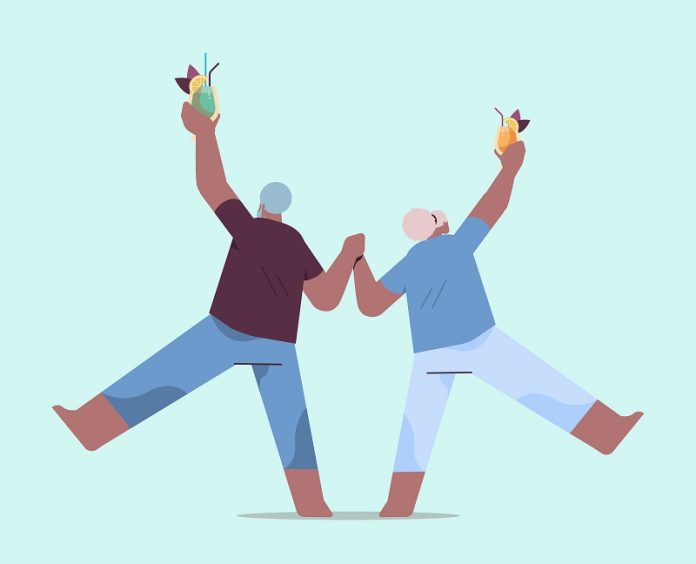
A new study reveals that spending too much time sitting still during childhood and adolescence can raise blood pressure as young people grow into adulthood.
However, light physical activity (LPA) can significantly lower the risk of elevated blood pressure, highlighting a simple and effective way to support heart health.
The study, conducted by researchers from the Universities of Bristol and Exeter in the U.K. and the University of Eastern Finland, tracked 2,513 children over 13 years.
Starting at age 11 and continuing through age 24, the researchers measured the children’s activity levels and blood pressure at different stages.
Their findings, published in the Journal of Cachexia, Sarcopenia and Muscle, shed light on the long-term effects of physical activity during youth.
Sedentary Time and Rising Blood Pressure
At the start of the study, the children spent six hours a day being sedentary (e.g., sitting or lying down), six hours doing light physical activities like walking or chores, and about 55 minutes in more vigorous activities such as sports.
By the time they reached young adulthood, sedentary time had increased to nine hours a day, while light activity dropped to just three hours. Moderate-to-vigorous physical activity (MVPA) remained steady at around 50 minutes daily.
The study found that as sedentary time increased, so did blood pressure. The average systolic blood pressure (the top number in a reading) rose from 106 mmHg in childhood to 117 mmHg in young adulthood.
While part of this increase was due to normal growth, spending more than six hours a day sedentary was linked to an extra 4 mmHg rise in systolic blood pressure.
The Role of Light Physical Activity
The researchers discovered that LPA, such as walking, swimming, or light cycling, was particularly effective in keeping blood pressure in check.
Children who engaged in regular LPA had a 3 mmHg lower systolic blood pressure by young adulthood compared to those who were less active.
Interestingly, moderate-to-vigorous activity did not have the same effect on lowering blood pressure and was even linked to an increase due to its role in building muscle mass, which can naturally raise blood pressure.
Simulations showed that replacing just 10 minutes of sedentary time per hour with LPA could lower systolic blood pressure by 3 mmHg and diastolic pressure (the lower number) by 2 mmHg.
This is significant, as a 5 mmHg reduction in systolic blood pressure is known to lower the risk of heart attack and stroke by 10%.
A Call to Action
This research is the largest and longest study to measure the connection between movement patterns and blood pressure in young people.
It provides strong evidence that encouraging light physical activity during childhood and adolescence can have long-lasting benefits for cardiovascular health.
According to Dr. Andrew Agbaje, a leading researcher in the study, the findings highlight the importance of promoting LPA as a practical and effective way to prevent high blood pressure.
Activities like walking, doing house chores, and cycling are accessible options that can make a significant difference.
Given that the World Health Organization predicts 500 million new cases of physical inactivity-related diseases by 2030—half of which will be linked to hypertension—these findings carry critical public health implications.
Parents, educators, and policymakers should encourage children to reduce sedentary time and engage in at least three hours of light activity each day to maintain healthy blood pressure levels.
The study underscores the importance of simple, consistent movement in childhood as a preventive measure for lifelong heart health, reminding us that even small changes in daily habits can make a big impact over time.
If you care about blood pressure, please read studies about unhealthy habits that could increase high blood pressure risk, and eating eggs in a healthy diet may reduce risks of diabetes, high blood pressure.
For more information about blood pressure, please see recent studies that early time-restricted eating could help improve blood pressure, and results showing 12 foods that lower blood pressure.
The research findings can be found in Journal of Cachexia, Sarcopenia and Muscle.
Copyright © 2024 Knowridge Science Report. All rights reserved.



